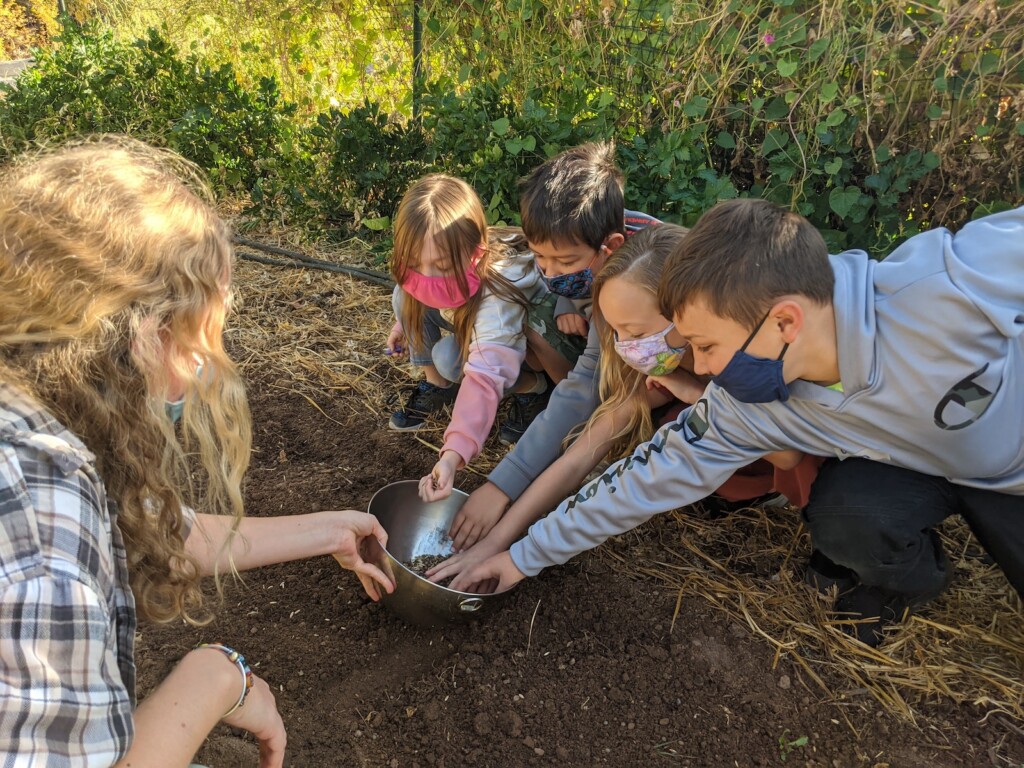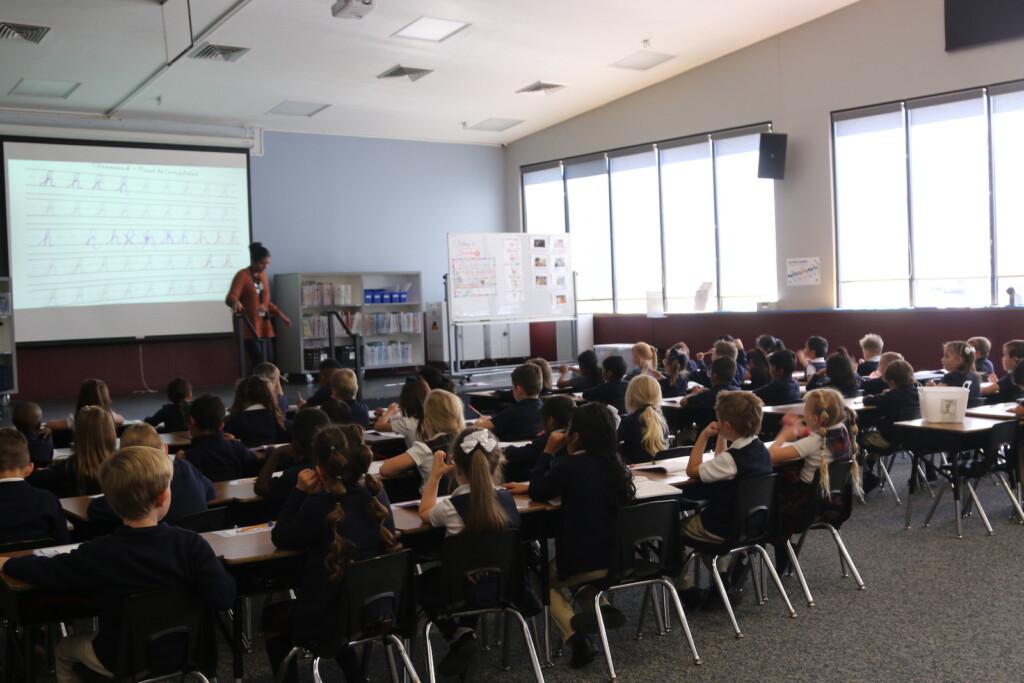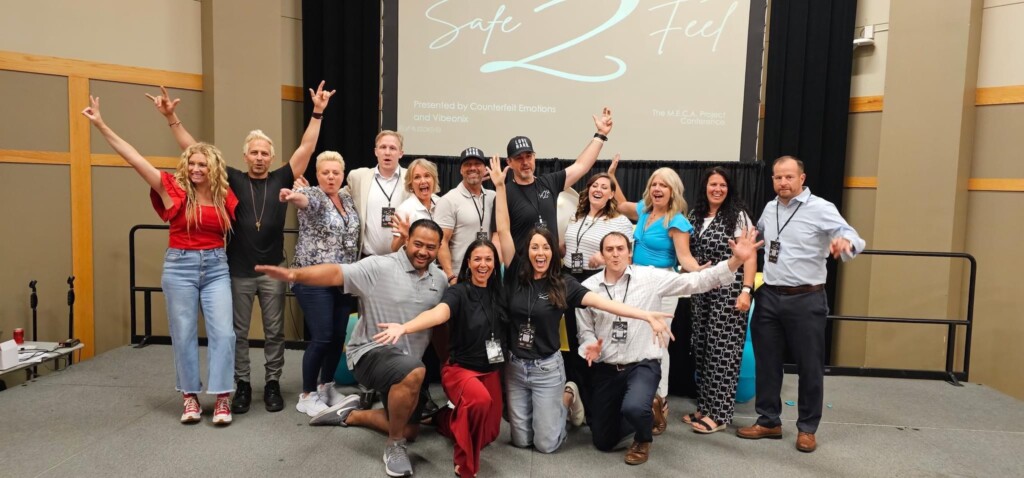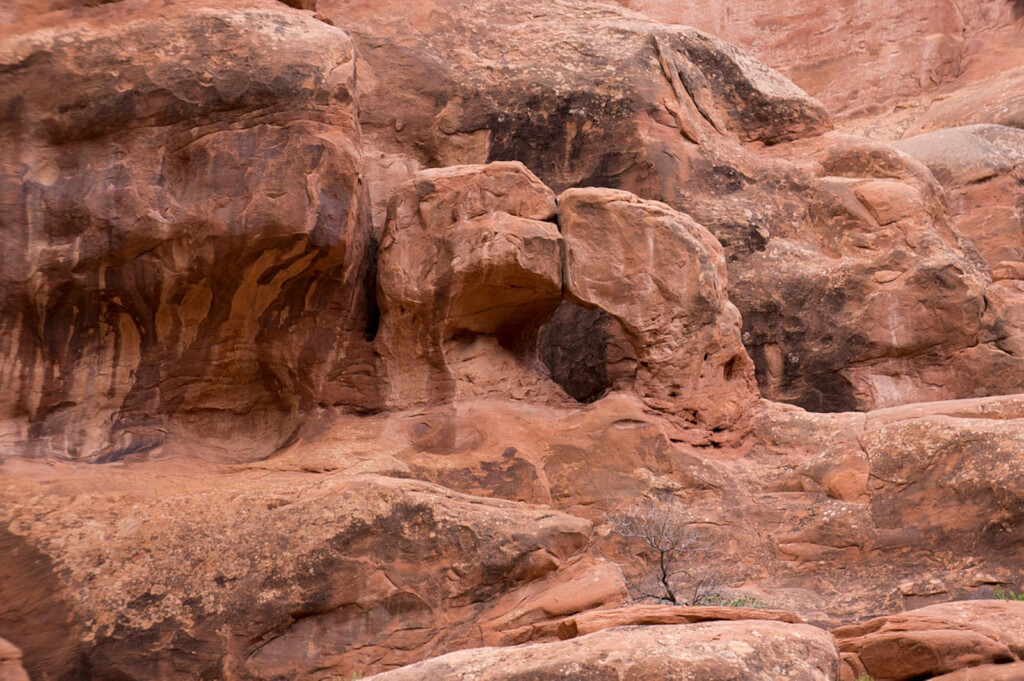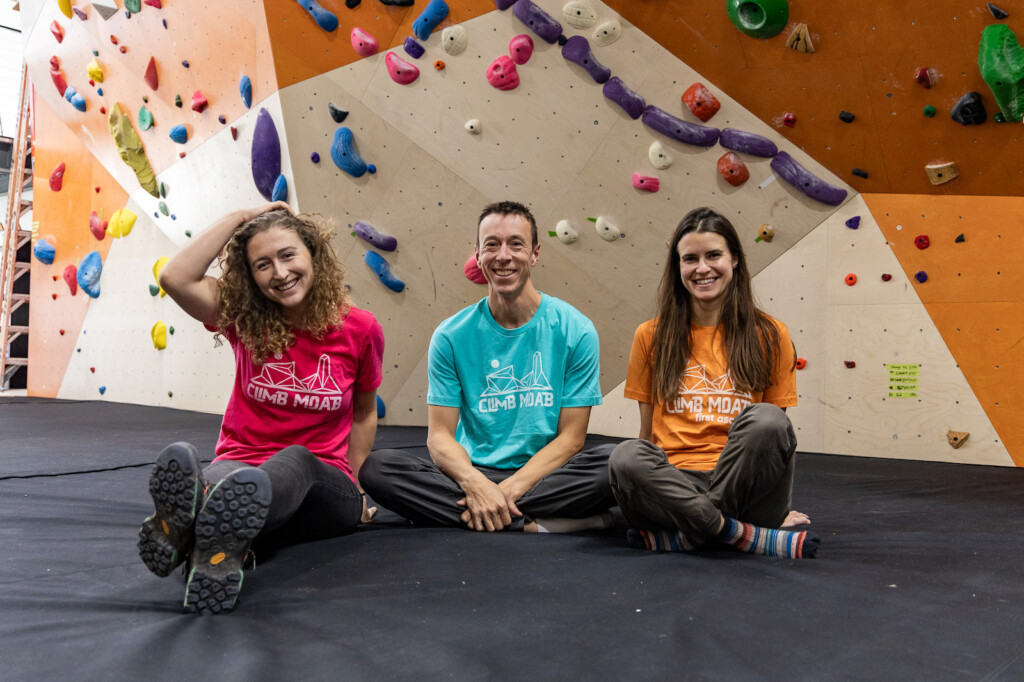Nestled next to the school and housed in the oldest adobe house in the town, this non-profit of more than 20 years seeks to cultivate children, families and the community through garden educational programs like summer camps, after-school programs, and hosting classroom lessons. They connect people with food from seed to table through a CSA (Community Supported Agriculture), bi-monthly weed-n-feeds, and “farmily dinners.”
For the last few years, they’ve been bringing fresh flavors from the farm right to kids, highlighting the colors and textures of the garden through the “Harvest of the Month” program. Once a month, students are encouraged to try something new and expand their comfort zones.
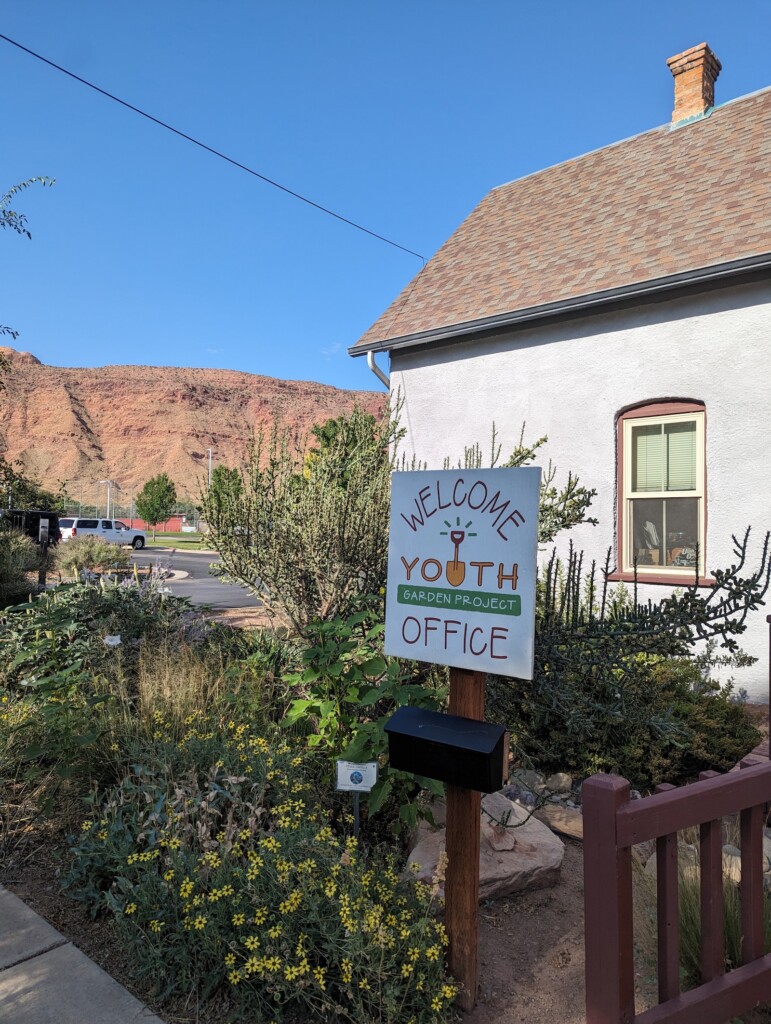
According to the KIDS COUNT report, 14 million children are considered obese nationally, and nearly a quarter of teens ages 10-17 in Utah, this is an important movement.
Michelle Obama’s move towards more vegetables and fruits as a requirement in meals was a step in the direction of offering healthy options for growing kids in school. A study by the National Institute of Health reports that increased vegetable intake is associated with reduced risk of obesity. Kids who are exposed to fresh vegetables and learn to love them are likely to live healthier lives.
In Moab, choices are limited to either school lunch, or walking to City Market to get a snack before the next bell. Carrots are served in plastic bags at the school lunch, or as a side dish next to fried chicken at the grocery store deli.
When the Youth Garden Project visits, bold and curious kids are encouraged to try purple carrots or pear tomatoes, with a variety of flavors and textures, expanding their exposure to the wild and wonderful world of vegetables.
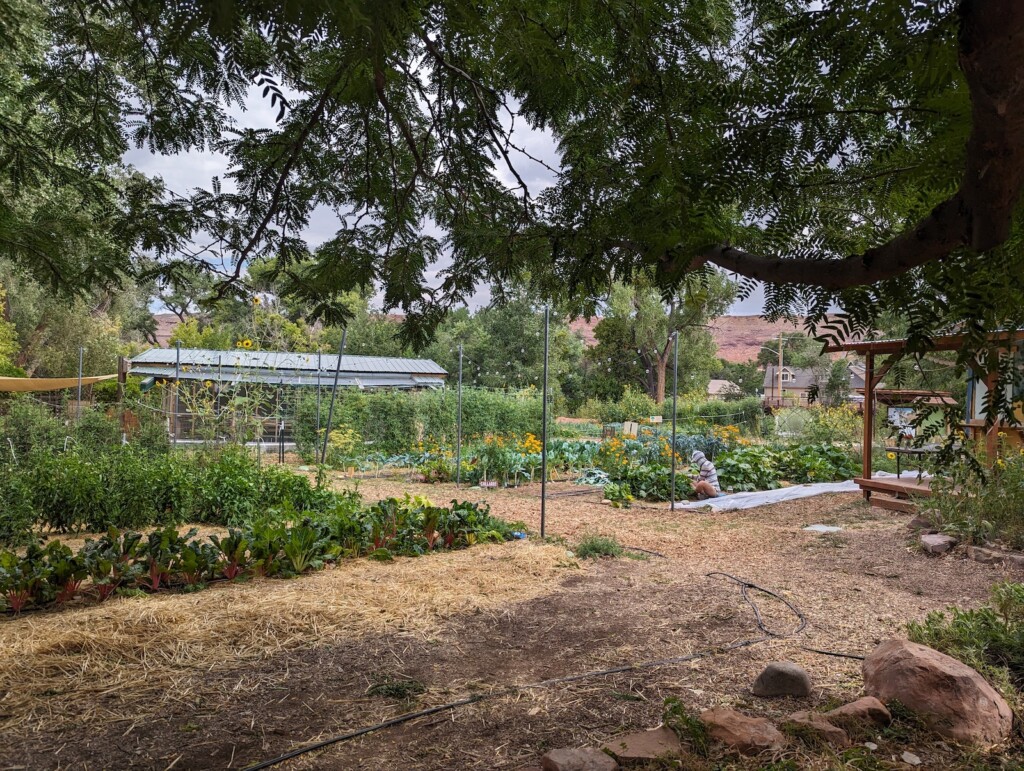
As kids enter the cafeteria, they are able to grab the classic options like pizza and hamburgers on the right, or step to the left and create a colorful salad supplemented with vegetables from the Youth Garden Project.
Cherry tomatoes, sweet peppers, spring mix and cucumbers help to give kids the micronutrients they need to fuel their brains. In 2022, they delivered more than 150 pounds of fresh fruits and vegetables to Grand County School District cafeterias.
I chatted with Sarah Bowen, the farm produce manager. She hopes to continue this Harvest of the Month program, and is seeking to explore more ways to get the produce to kids and families in need. For example, 3,000-7,000 pounds of produce are distributed to over 30 households with their growing CSA program. The Food and Nutrition classes from the high school have come in to can tomatoes and fruits from the orchard.
After-school programs enable kids to wrangle chickens, get their wiggles out in garden games, and learn to love the flavors of fall by cooking in the kitchen.
Every class kindergarten through 6th grade visits the Youth Garden Project twice each season, helping to strengthen the connection to their food with lessons that build their awareness of their snacking choices and learning how to grow their own food. Program Instructor Nicole Westlund reports that garden education is a neat way to teach kids as they learn without knowing they are learning, often face-to-face and alongside each other.
At the end of the season, the community gathers to celebrate a successful year. The annual Harvest festival (this year on September 23rd) serves a delicious menu from homemade pizzas or veggie burgers and live music and games. Community members contribute pies and hot sauces in a competition for mostly pride, and pies, if you win the entertaining pie walk!
And while there is a lot to celebrate, this program doesn’t happen without help from grants, volunteers, and strong community relations. Communication between the school and the garden is important in delivering the produce to the deserving students. Staffing shortages in the nutrition services at the school have put the delivery in limbo, though the desire to continue the program is strong.
Obstacles such as prep-time and preparing the food in a way kids like is important to navigate. YGP has specifically grown more of what kids reported enjoying, in an effort to get more veggies into kids’ hands.
Inside the historic Shafer Home, Executive Director Emily Roberson muses about the interconnections of the vegetable-growing community at large, reflecting on the abundance of farms and gardeners in the area. It seems they support each other in a mutually beneficial hand-shake, offering seed swaps and sharing information.
Other organizations, like the Resiliency Hub’s Community Gardens, support more than three vibrant community gardens and are still growing.
While it’s not clear if it’s correlation or causation, having the Youth Garden Project as a hub for gardening education and a voice for the vegetables is certainly a benefit to the children, families and community living here in beautiful Moab. It also can be a model for other communities hoping to have similar success in seed-to-table programs.
Geologically, Moab lies in Canyon Country, and is considered a desert, yet summer monsoons and a perennial stream provide temporary relief. Some rural and urban communities are considered food deserts, defined as areas with limited supply of fresh and affordable foods.
Tourism booms force restaurants to resort to grocery stores, clearing out the produce sections. While YGP is only one facet of the complex food distribution landscape, they are raining relief in the form of refreshing produce to the kids and families growing here.

